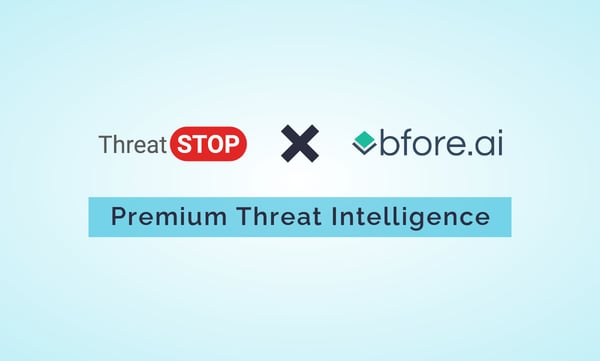August 12, 2011 • francisturner
Block China and other simple DLP/APT remedies
2Min read
•
APT detection,
'block china',
Call Home,
data-loss prevention,
Specific Threats,
ThreatSTOP in use,
geoblocking


